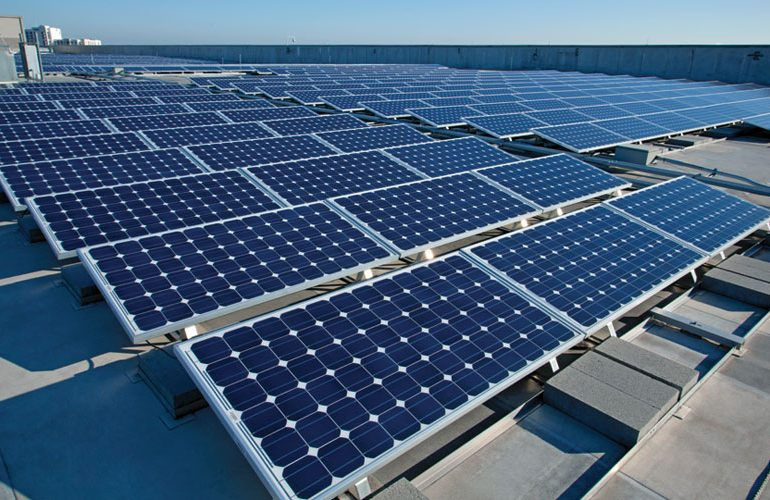The Depletion of Non-Renewable Energy Sources and the Development of Solar Energy as the Best Altern
- Reon Energy
- Jul 3, 2023
- 3 min read
Non-renewable energy sources have been the primary drivers of global development for many years. Fossil fuels, such as coal, oil, and natural gas, along with nuclear energy, have powered industries, transportation, and our daily lives.
However, the increasing demand for energy, coupled with the finite nature of these resources, has led to concerns about their depletion and the adverse environmental impacts associated with their extraction and usage.
As a result, the development of alternative energy sources, particularly solar energy has gained significant attention as the best alternative to address these challenges.
Non-Renewable Energy Sources
Before we delve into the depletion of non-renewable energy sources, let's understand what they are. Fossil fuels, including coal, oil, and natural gas, are formed from the remains of ancient plants and animals that lived millions of years ago.
These fuels are extracted from the Earth's crust through mining or drilling processes. On the other hand, nuclear energy is obtained through the process of nuclear fission, where the nucleus of an atom is split to release a large amount of energy.
Depletion of Non-Renewable Energy Sources
The depletion of non-renewable energy sources has become a pressing concern due to several reasons. Firstly, the environmental impact of extracting and burning fossil fuels is significant.
The combustion of these fuels releases greenhouse gases, such as carbon dioxide, into the atmosphere, contributing to climate change and global warming. Additionally, mining and drilling operations can cause habitat destruction, water pollution, and other ecological disturbances.
The Rise of Solar Energy
Amidst the concerns surrounding non-renewable energy sources, solar energy has emerged as a promising alternative. Solar energy refers to harnessing the power of the sun and converting it into usable electricity or heat energy.
Over the years, significant advancements in solar technology and the decreasing cost of solar panels have made it a viable option for widespread adoption.
Solar energy offers several benefits that make it an attractive alternative to non-renewable sources. Firstly, solar energy is renewable and sustainable. The sun is an abundant source of energy, and its availability is not constrained by geographical boundaries. By utilizing solar power, we can reduce our dependence on depleting resources and ensure a long-term, sustainable energy supply.
Moreover, solar energy production has minimal environmental impacts. Unlike fossil fuels, solar power generation does not emit greenhouse gases, contributing to cleaner air and reduced carbon footprint. Additionally, solar installations can be integrated into existing structures, reducing the need for additional land use.
From an economic standpoint, solar energy offers numerous advantages.
The cost of solar panels has significantly decreased over the years, making it more affordable for residential, commercial, and industrial applications. Furthermore, solar energy systems can provide long-term savings on electricity bills and create job opportunities in the renewable energy sector.
Challenges and Solutions
While solar energy has immense potential, it faces certain challenges that need to be addressed for wider adoption. One of the primary concerns is the initial cost and efficiency of solar panels.
Although prices have reduced, the upfront investment required for solar installations can still be a barrier for some individuals and businesses. However, ongoing research and development are focused on improving the efficiency of solar cells, making them more cost-effective and energy-efficient.
Advances in battery technology and smart grid infrastructure are facilitating the integration of solar energy into the grid, enabling efficient distribution and utilization of electricity.
Conclusion
Solar energy has emerged as a viable and sustainable alternative, offering numerous benefits such as renewability, environmental friendliness, and economic advantages. Despite the challenges, continuous advancements in solar technology, coupled with supportive government policies, are paving the way for a brighter and greener future.



Comments